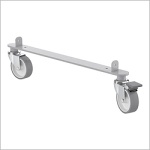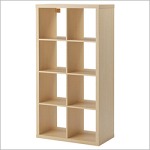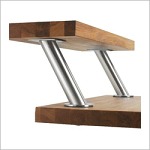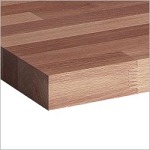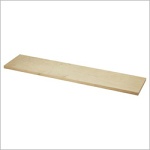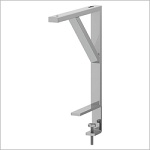When I first started working in retail many years ago, our job demanded we stand eight hours a day — Bloomingdales, Koenig's, Caldors, The Video Station, Waldenbooks — they all had us standing and walking around the store. And I never complained. Then I got into the 'big time' and for the the next 15-20 years, worked in corporate at a desk. When I started coaching, I built a huge desk out of birch plywood — it was beautiful — but I still sat for most of the day.
Lately, I've been reading about the healthy aspects of standing desks and learned about all the attributes of standing: better posture, more active, easy to reach items, etc. In addition, I tend to walk around while I coach because I feel it adds to the experience and allows me to think and communicate more clearly.
Unfortunately, standing desks are EXPENSIVE! They run into the thousands. I then ran into the Ikea Hackers site, where they take ordinary Ikea furniture and modify it into different designs. So I modified a few designs and came up with the standing desk you see at the top of the page. How did I do it? Here are the 'ingredients':
What were the results?
- It was a LOT cheaper to build than to buy. In addition, it's all wood and steel. It looks great.
- It was super-simple to construct. Just a drill, my 13-year-old son, and about 2 hours.
- I now have more room on my desk. I'm more organized and I keep the desktop clean.
- I feel better. Standing all day at first hurt a bit, but now I would NEVER go back.
- I no longer have to switch from standing-to sitting-to standing when coaching clients.
As you can tell from the finished desk image, I've also added a few drawers ($20 each) to the Kallax Bookshelf. I might even add more!
If you are interested in building a standing desk, drop me a line (richgee@richgee.com) or call - 203-500-2421. Would love to answer any questions you might have.
I have become a standing desk evangelist!
All images are from IKEA promoting their products. I love IKEA, their store, their service and all that they do. Check them out.


